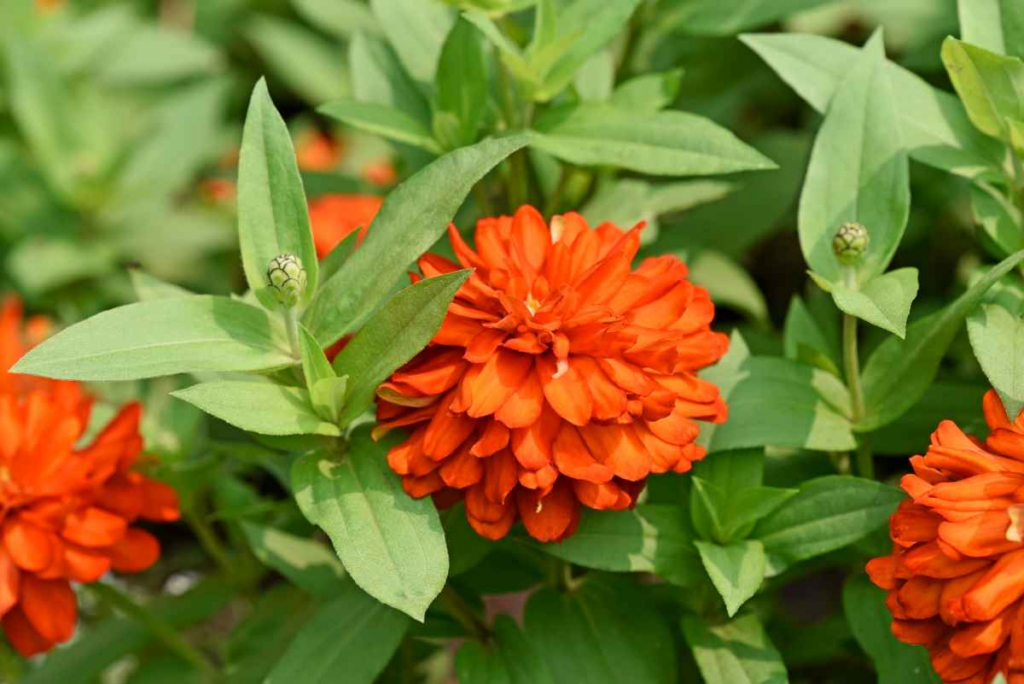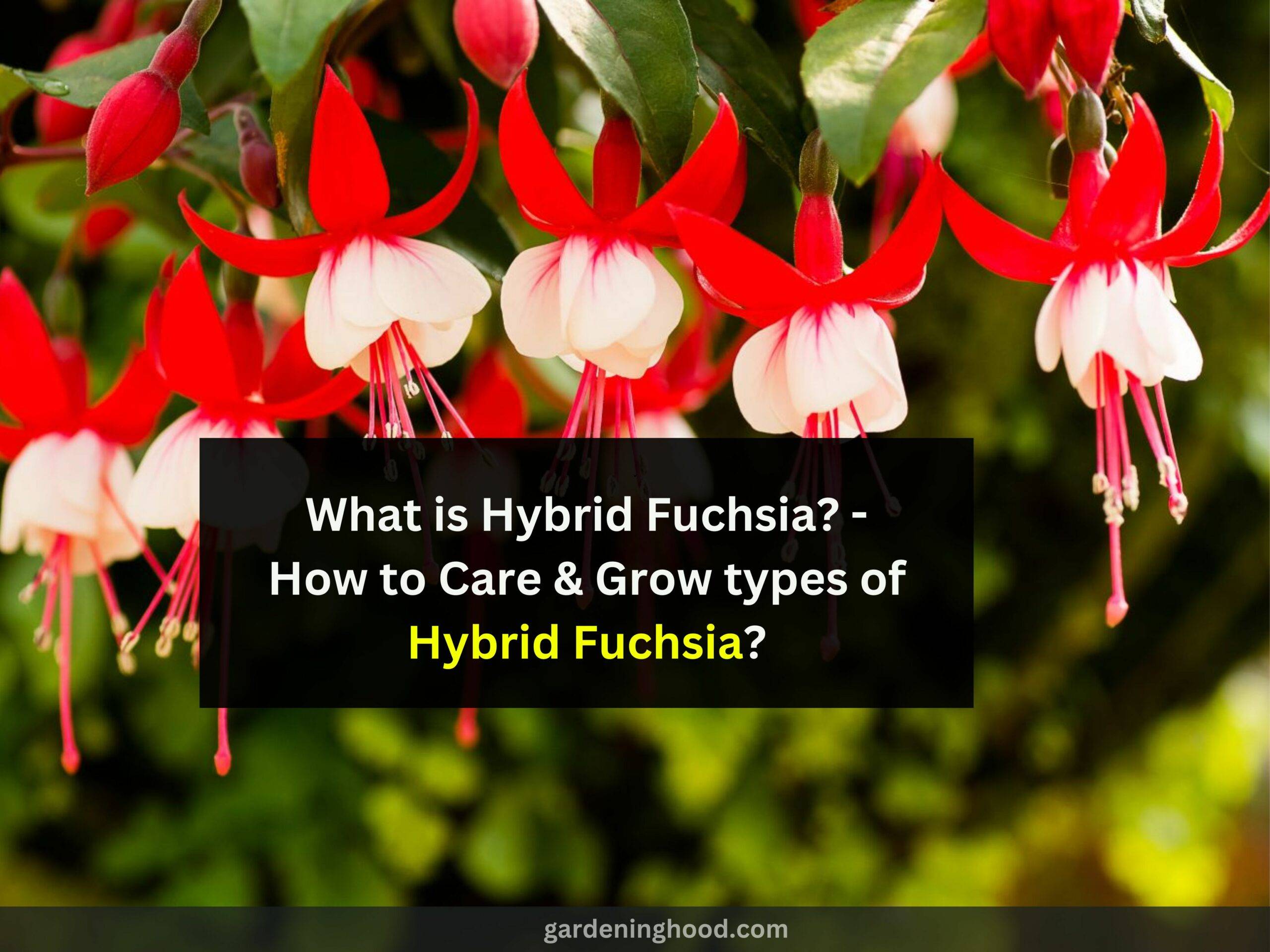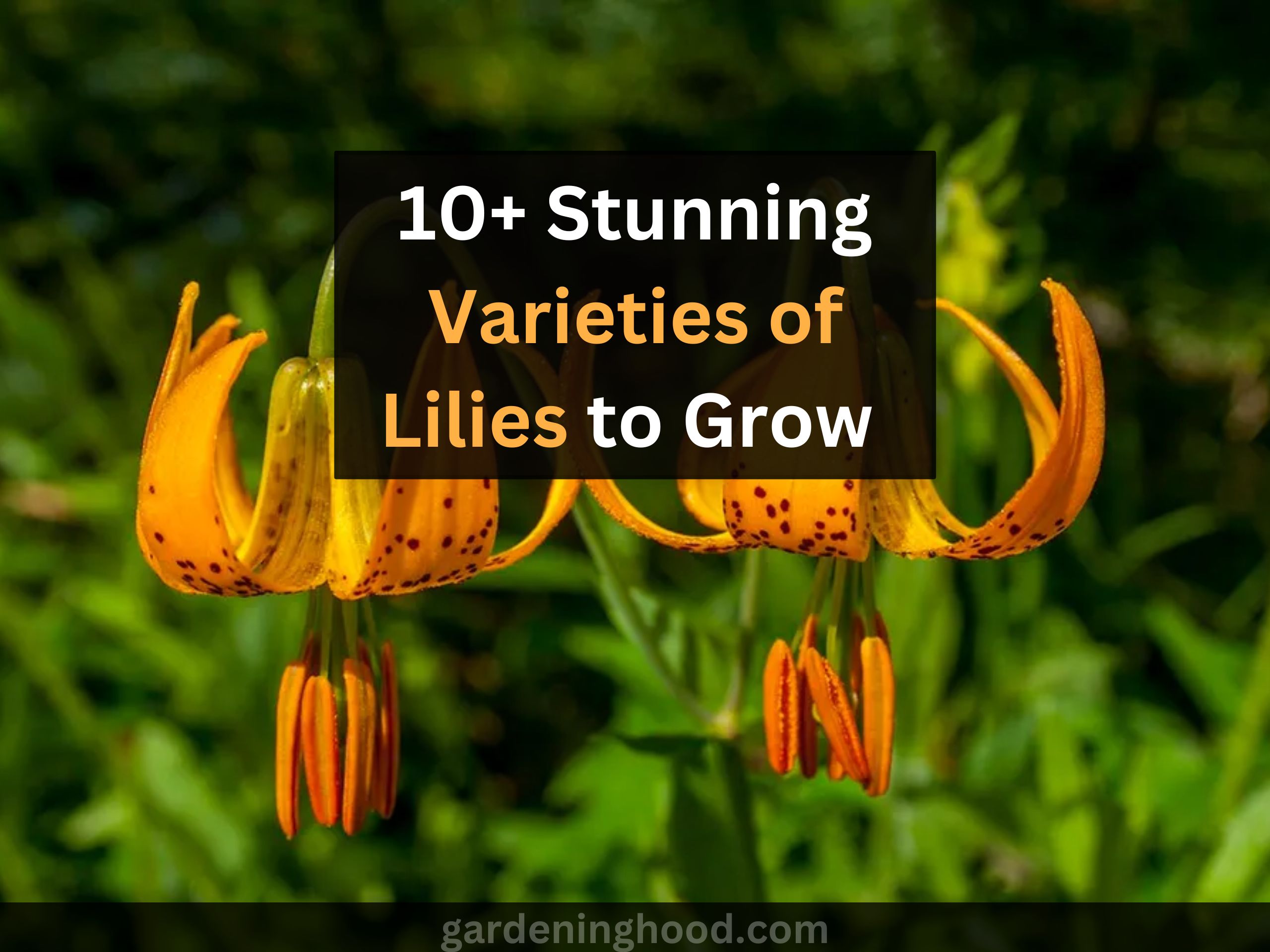How to Grow and Care for Zinnias Plant- full Guide
I was really bored of planting simple colored flowers in my garden, even after giving my 100%. I know this is a time every gardener goes through. I really wanted to grow something new but without putting in much hard work.
In that process, I discovered zinnia plants, and after planting them, my garden has an abundance of vibrant, colorful flowers. The main point is that they are one of the quickest and easiest summer flowers to grow.
I am sure that growing them in your garden will give you the same feeling. Of course, why not? They are colorful, dazzling, versatile, drought-tolerant, and ideal-cut flowers. Who wouldn’t love them? If you want to learn how to grow and care for them, continue reading the article.
Zinnia plant:
The zinnias plants are annual plants that have become popular because of having colorful, daisy-like flowers. They are native to Mexico, coming in 18 species and hundreds of cultivated forms. Flowers used to bloom in vivid colors from red, orange, and deep pink to green. The plant does have a long flowering season from summer to the first frost. You can use them to fill gaps in the border and perfect to grow in containers.
The zinnias plant thrives best in hot, dry conditions and is used to grow in well-draining soil in sunny borders. The plant has single-flower varieties which attract pollinating insects such as hoverflies.
| Common Name | Zinnia |
| Botanical Name | Zinnia elegans |
| Plant Type | Annual |
| Mature Size | 1-4 ft. tall, 6-18 in. wide |
| Sun Exposure | Full |
| Soil Type | Well-draining |
| Soil pH | Neutral |
| Bloom Time | Spring, Summer, and fall |
| Flower Color | Pink, purple, yellow, orange, white, red, green |
| Hardiness Zones | 3-10 (USDA) |
| Native Area | South America, North America |
How to Grow Zinnias:
Want to grow a prolific annual flower in the garden and want to make bouquets having a wider range of colors then growing zinnias will be a better option for you. They are used for growing from low to tall growing which bloom with all colors of rainbow depending on the variety of zinnias you grow. You can group zinnias in flower or vegetable gardens having different colors that are used to attract bees and butterflies.
When & Where to Plant Zinnias:
To grow zinnias plants you really need to know when and where to plant zinnias will be a better place for them:
Light:
- The zinnias plants are used for growing best when you provide them with full sun.
- They are used to bloom flowers in part shade during warmer climates providing the plant with afternoon shade due to which they will get disease and few flowers.
Soil:
- You need to plant zinnias with the best fertilization, giving them well-drained soil that is high in organic matter.
- Makee to provide the plant with well-draining soil as the seedlings are prone to rotting in cool, wet soils.
Spacing:
- Always plant zinnias a few inches apart in rows or clumps maintaining about 8 to 18 inches that mostly depends on zinnias variety.
Planting:
- make sure to grow zinnias during spring when the season of frost passes.
- They come under easy-to-grow plants that you can grow directly by seeding into the garden.
- If you want them to bloom sooner you can seeds indoors 4 to 6 weeks before the last frost date.

How to Grow Zinnias Throughout the Season
The following are ways to grow zinnias throughout the season:
Growth Habit:
- The zinnias plant comes in a wide variety of plant sizes in which some are low growing such as there are some growing 1-foot tall plants having mounding habits and others are plants with 3-foot tall blooming with big flowers.
- You need to place the right type of variety according to your usage and need to space them correctly.
- In the case of growing taller varieties, you need to use the cutting which grows best in rows or clumps that will give you a better visual effect.
Staking:
- The zinnias used to bloom with sturdy stems which is why you do need staking.
- The flowers have sturdy stems, so do not need staking.
Watering:
- Make sure to water zinnia plants to keep the soil moist so they grow best.
- Always water the young plants more frequently.
- Make sure to water a few times a week that will help the soil to stay moist about 6 to 8 inches deep.
- Make sure not to overwater them they will suffer from rot diseases mainly when they grow on wet clay soils.
- After getting fully mature they almost become drought tolerant.
Fertilizing:
- You need to amend the soil before choosing to plant the zinnias with compost.
- If flowers start to form you can add organic 5-5-5 fertilizer which will make them bloom more and bigger.
Mulching:
- There is a need to mulch zinnias when they grow about 2-inch layers of straw or bark mulch.
- Mulching will help to preserve soil moisture and will prevent the growth of weeds around plants.
Trimming & Pruning:
- Make sure to trim the flowers regularly to promote more flower blooming and will help you to keep the plant tidy.
- If you want to create bushier plants along tall varieties you need to pinch the growth tip of the plant especially when they are young.
- The pruning and trimming will help to stimulate more side branching having shorter plants and result in more flowers.

How to Harvest Zinnias:
- The zinnias thrive best after trimming off, making them an ideal addition to a cutting garden.
- So cutting the plants and flowers will be better before they get deadhead which you can use for making bouquets which will help to encourage blossoming in the season.
- According to Schirtzinger “cut zinnias plants in the evening or in the morning because over the night moisture evaporates”.
- Always harvest the plant before the flower is used to get completely open with a firm stem.
- Make sure to cut the stem as long as possible and need to strip excess foliage and place it in cool water.

How to Prune Zinnias:
An interesting fact about pruning zinnia plants is that the more you cut zinnias plants the more they bloom off resulting to have more flowering.
So, prune zinnias whenever you find any yellow, or brown leaves on the plants which after pruning them will encourage the growth of the plants.

Types of Zinnias:
Some varieties of zinnias only grow about 6 to 8 inches tall but the classic ones grow upto 4 feet tall. The following are some types of zinnias that you can know and plant according to your location.
Thumbelina:
Multi-branching flowers that reach 12 to 18 inches tall with semi-double and double 2-inch blossoms in rich pink, salmon, lavender, purple, pumpkin, crimson, and yellow.

State Fair:
Tall stems with large dahlia-type blooms, ranging from 3 to 5 inches wide, with double and semi-double blooms that come in red, purple, salmon, yellow, white, and lavender.

Zahara:
These are the varieties that are mildew resistant blooming with large flowers.

Dreamland:
They are used to bloom with double flower heads on a compact dwarf plant.

Envy:
The envy zinnias do bloom with Semi-double chartreuse flowers that grow upto 30 inches tall.

Orange Star:
It is a plant used to grow with orange flowers and belongs to bushy dwarf.

Creeping Zinnia(Zinnia angustifolia):
The creeping zinnias plant also called narrow-leaf zinnia grows with compact and bushy plants which use to bloom with branching stems with smooth, thin-leaved foliage and bright orange, yellow, white, red, and pink blooms.
Common Pests and Diseases:
It is a very rare case if zinnias get brothered by insects and any animals showing no interest in the plant. Some varieties of zinnias are prone to powdery mildew and to cure the plant you need to clip the affected part of the plant after that you need to apply a fungicide using neem oil, potassium bicarbonate, copper, or sulfur.
The best part of growing zinnias in your garden:
- Zinnias come under heat and drought-tolerant plants because if you don’t have any shade and your garden gets full sun all day during summer. The plants used to grow well without any rain even if the temperature was as high as 90 to 100 degrees. However, the plant does grow well in all these conditions.
- The zinnias come under the low-maintenance category which is easy to grow. Growing zinnias is possible with the help of the scratch-and-scatter method in which you rake up the dirt and scatter the seeds. To grow them you need to keep seeds with a light layer of soil and water at the top and you can also plant them by making trenches in your garden beds and planting the seeds in a line.
- If you cut zinnias the more throughout the summer the more it will bloom so for encouraging new blooms you need to prune and cut the tips of the plant above.
- They are best to grow in your garden because they attract pollinators such as butterflies, hummingbirds, and bees all over the season.
- They add a beautiful pop of color to your garden giving them plenty of pollen and nectar which are beneficial to tiny insects.

Conclusion:
I hope this article has guided you on how, where, and when to grow zinnias plant, how to harvest, and prune zinnias, and types of zinnias, and will help you to know how to grow them throughout the season.
Which is the best fertilizer for growing zinnias plants?
using general-purpose fertilizers containing equal amounts of phosphorus, nitrogen, and potassium.


